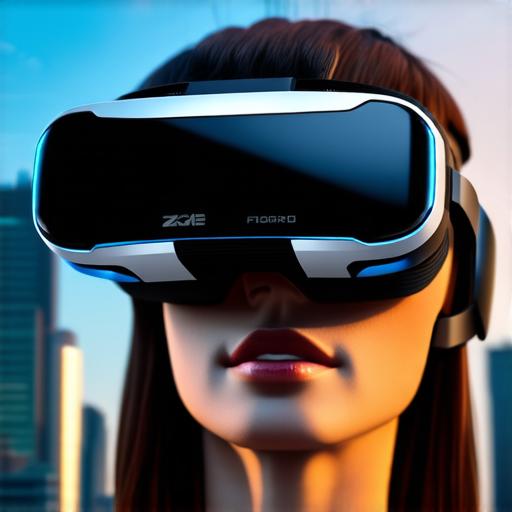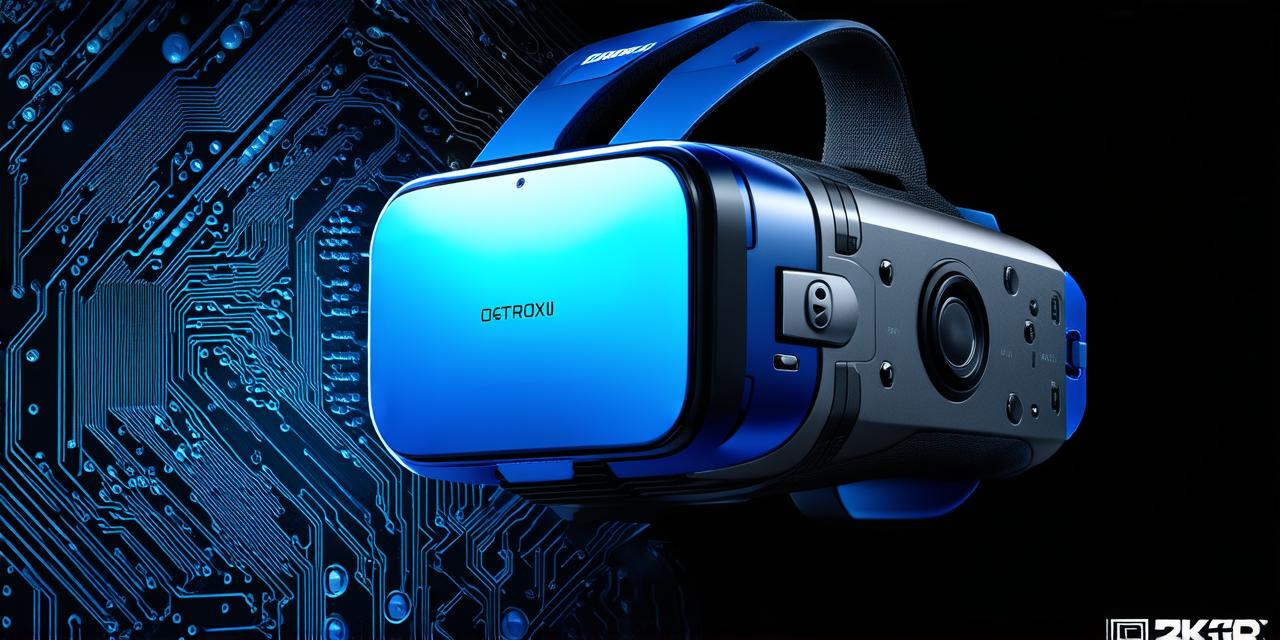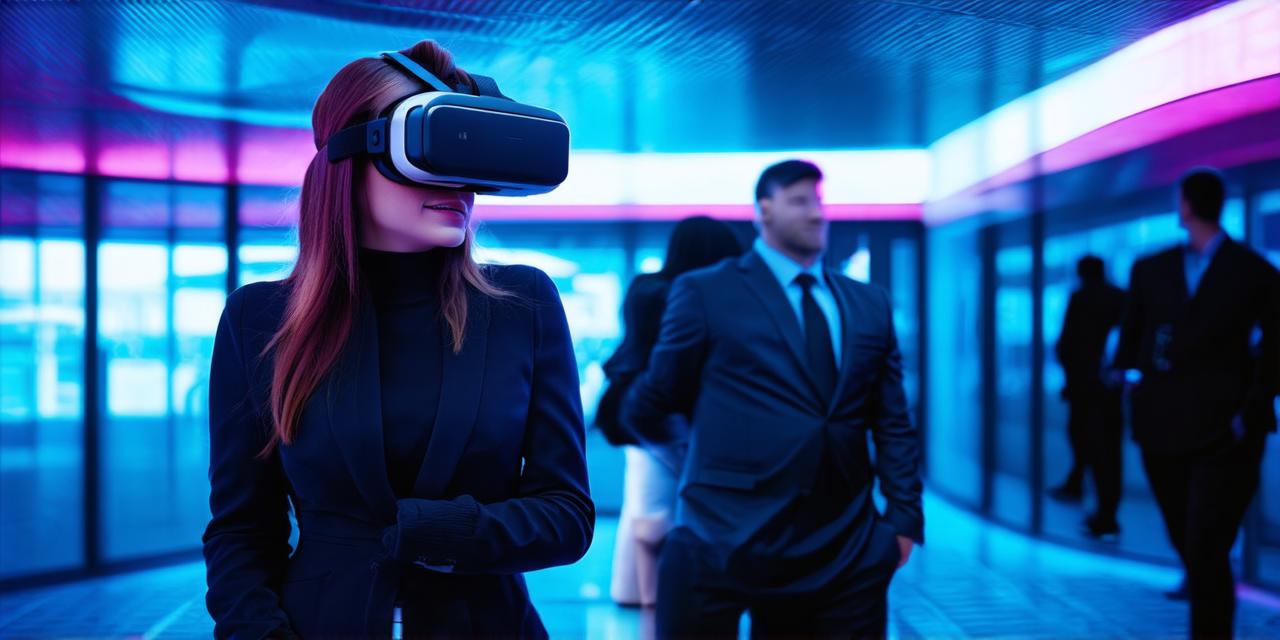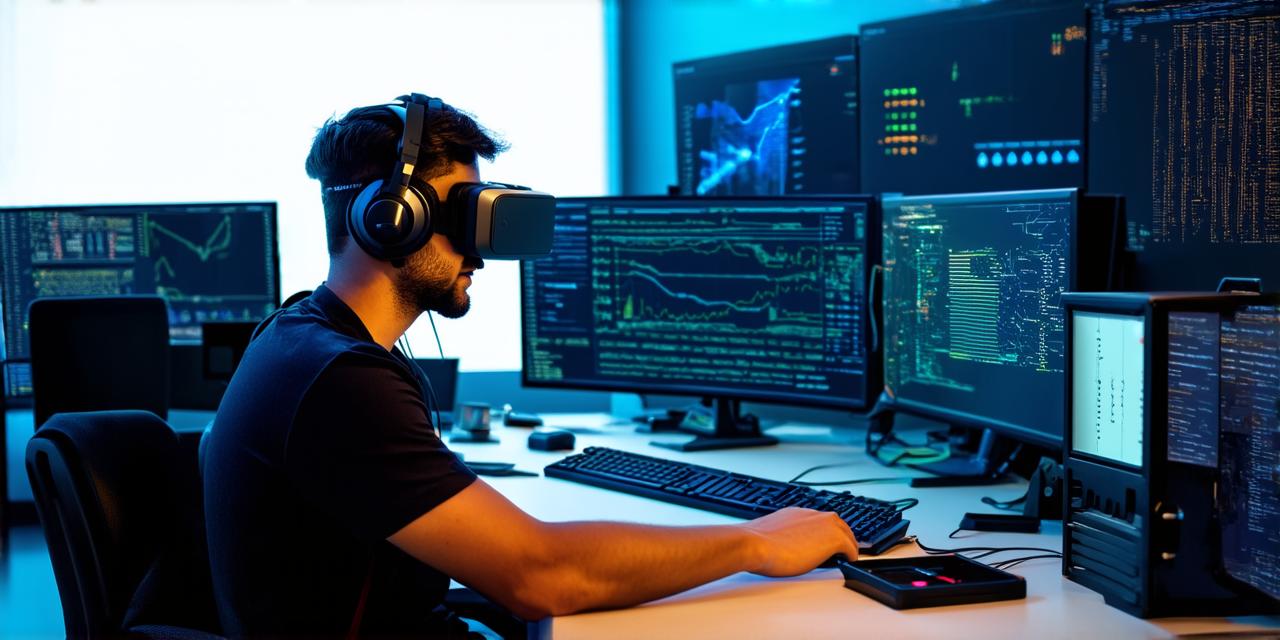Virtual reality (VR) has come a long way since its inception and has gained popularity as a form of entertainment and education. However, like any technology, it is not without its issues. In this article, we will explore some of the common issues associated with VR systems.
1. Motion Sickness: One of the most common issues linked to VR is motion sickness. This can occur due to the disconnect between what a user’s eyes perceive and what their body feels. For example, if a person looks down in VR, but their body is not moving, this can lead to feelings of dizziness and nausea.
2. Tracking Issues: Another issue with VR systems is tracking. The system must accurately track the user’s movements and adjust the environment accordingly. If there are any issues with tracking, it can cause disorientation and a negative experience for the user.
3. Comfort and Space: Virtual reality requires a significant amount of space to move around in, which can be challenging for users who do not have enough room at home or work. Additionally, some users may find wearing the VR headset uncomfortable or limiting due to its size and weight.

4. Eye Strain: Prolonged use of VR systems can cause eye strain, which can lead to headaches and fatigue. This is because the eyes are constantly focused on a single point in space without any breaks.
5. Cost: Virtual reality systems and equipment can be expensive, making them inaccessible to some users. Additionally, ongoing maintenance and upgrades can also add to the cost.
6. Privacy Concerns: VR systems often require a high level of personal information from the user, such as their name, address, and payment information. This raises concerns about privacy and security.
7. Limited Interaction: While VR systems have come a long way in terms of interaction, they are still limited compared to real-life experiences. For example, it is difficult to touch or feel objects in VR, which can limit the immersion experience.
8. Addiction: Virtual reality can be highly addictive, causing users to lose track of time and become isolated from their surroundings. This can lead to negative impacts on mental health and relationships.
In conclusion, while virtual reality systems offer many benefits, they also come with a range of issues that must be considered before investing in one. By understanding these issues and taking steps to mitigate them, users can have a positive experience with VR technology.



